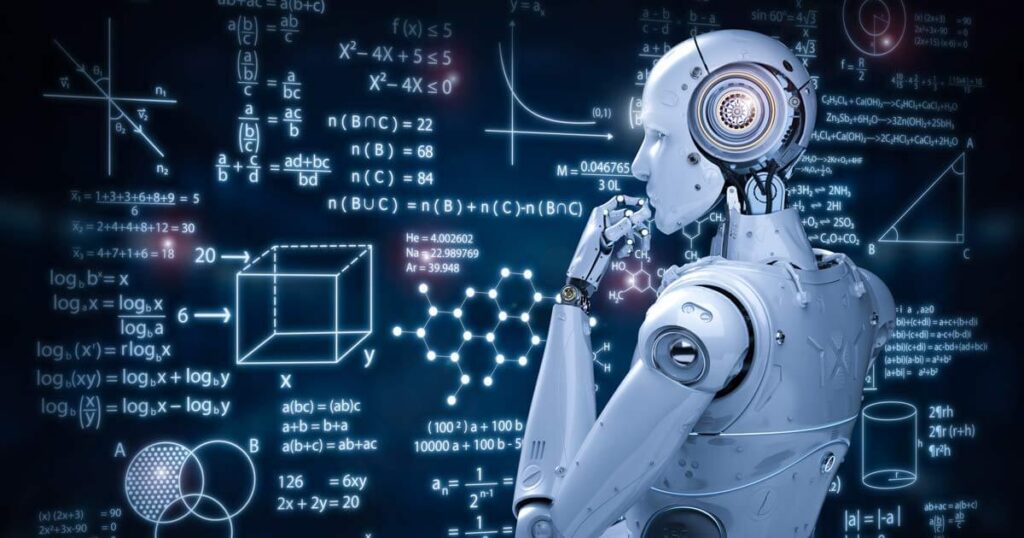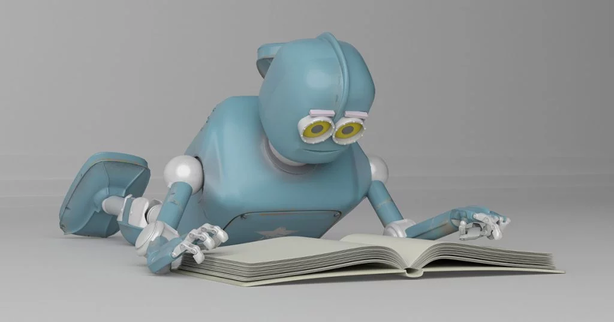Deep learning has been a breakthrough in artificial neural networks in the past few years by performing complex tasks. As a result, many companies implement deep learning solutions
as part of their AI strategy. Deep learning has unlocked many sophisticated new artificial intelligence applications, from object and image recognition in retail to chatbots in customer service and much more. The questions that arise from the success of deep learning are, is deep learning the answer to all machine learning problems? Is deep learning the right way to go? Is deep learning in its current form enough to achieve general intelligence? Continue reading to get answers to all these questions.
What is Deep Learning?
Deep learning is a subset of machine learning algorithms that seek to replicate the working of the human brain in processing data and creating patterns for decision-making. Deep learning usually operates in a nonlinear decision-making process. It tries to draw meaningful information or patterns from seemingly unstructured data. Object recognition, detecting fraud or money laundering, speech recognition, and language translation are some examples of tasks performed through deep learning.
What is General Intelligence?
General intelligence mixes different cognitive functions, including coordination, openness, resilience, art, empathy, sense of self, etc. These abilities help people to solve problems and acquire knowledge. In addition, this general mental ability underlies specific mental skills related to numerical, spatial, mechanical, and verbal abilities. Overall, general intelligence influences performance on all cognitive tasks.
The Success of Deep Learning in Supervised Tasks
Supervised machine learning systems provide the learning algorithms with known examples to support future judgments. Chatbots, self-driving cars, facial recognition programs, expert systems, and robots are among the systems that may use supervised learning. Supervised tasks are primarily associated with retrieval-based AI. Still, they may also use a generative learning model or deep learning to identify the most appropriate response.
Why has the Progress of Deep Learning Slowed Down in Recent Years?
Over the recent past, deep learning has been learning human-like processing and cognition tasks, yet it seems like deep learning reached its maximum capabilities to grow. Deep learning is getting better at many levels, like object recognition, image processing, etc. However, it is still quite far from smart robots that process in the same way as humans. Deep learning and AI needs more room to operate. One problem is the lack of computing devices, and the other is large-scale projects that are almost unaffordable and costly. Deep learning can vastly improve many industries and services in its current form, but it will not reach its potential with such deficiencies.
Why Current Deep Learning Methods Struggle in Self-Supervised Tasks?
Self-supervised tasks mean training computers to do tasks without labeled data by humans. It is a subset of unsupervised learning where machines derive goals and outputs that categorize, label, and analyze information independently. Then, at last, draw conclusions based on correlations and connections. The concept of self-supervised tasks aims to accept challenges in supervised learning when cleaning, labeling, handling, collecting, and analyzing data. In short, self-supervised learning allows deep learning to break complex and challenging tasks into simple ones despite the lack of labeled datasets and arrive at the desired output.


